As another school year approaches, teachers scramble to set up classrooms, make photocopies of syllabi, attend mandatory meetings, and prepare their curriculum. Amid the back-to-school frenzy, it is easy to focus on the minutia and lose sight of our “summer resolutions.” I know many teachers who spend the summer reading, reflecting, and refocusing, but it is hard to take those resolutions we make in summer and put them into practice during the chaos of the first few weeks of school. However, the first few weeks of school present the perfect opportunity to create the classroom we imagined while on summer break and set ourselves and our students up for a successful year.
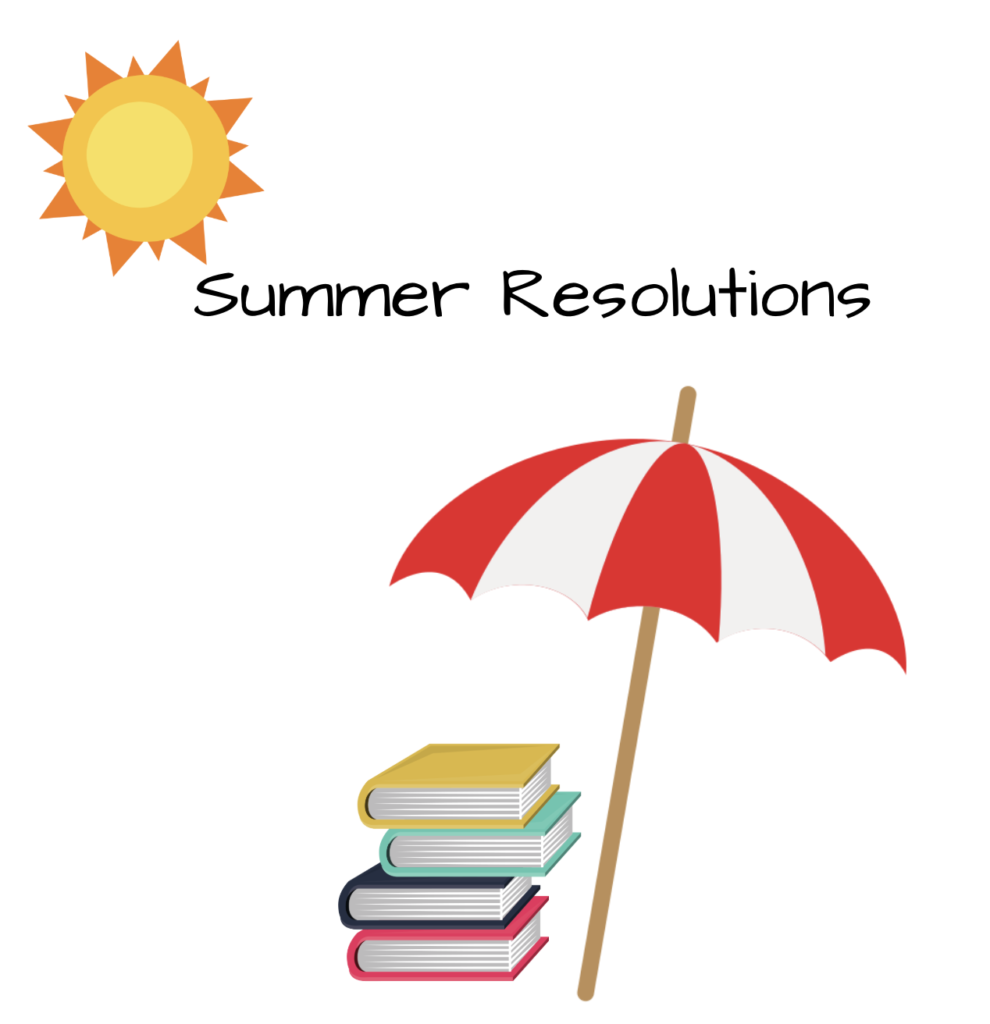
As I work with teachers, I encourage them to prioritize the following to take their summer resolutions and make them a reality.
#1 Articulate Your WHY and Revisit It Daily
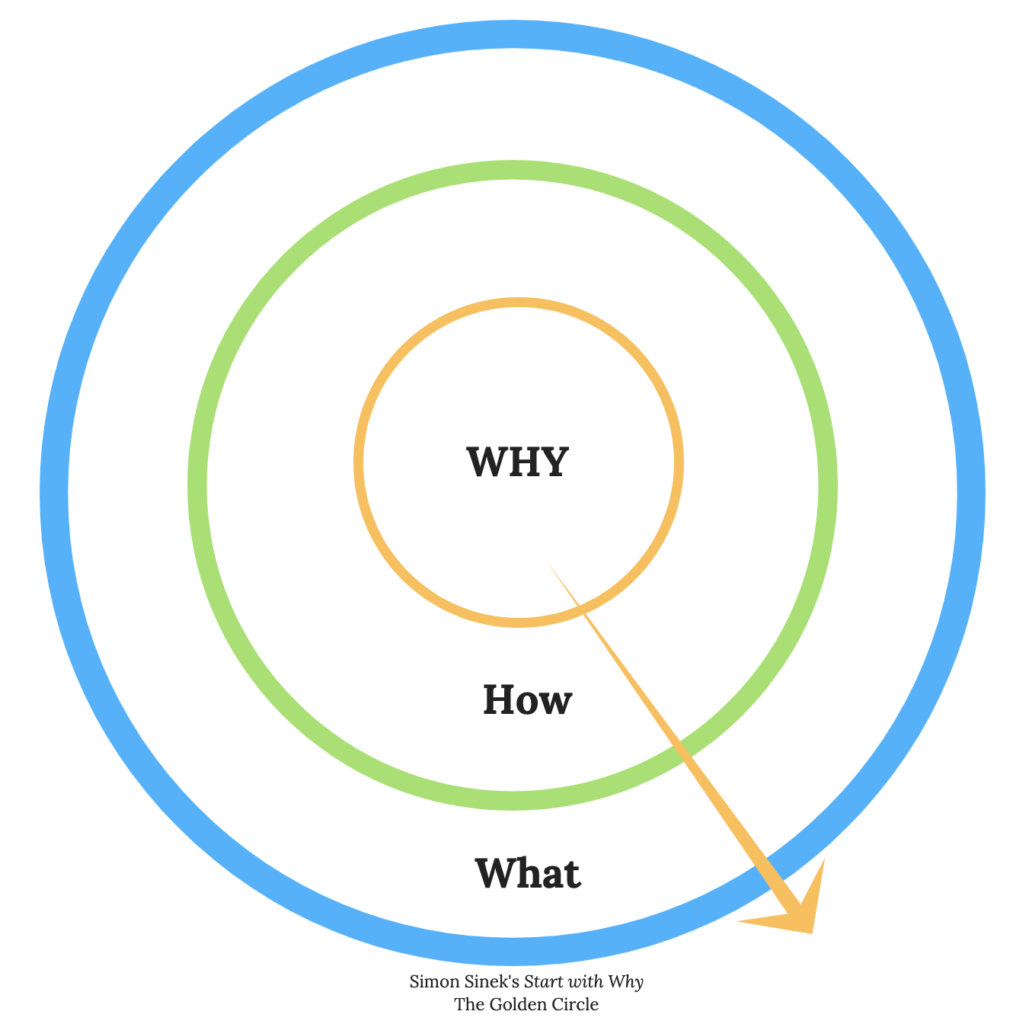
The summer break gives us time to recharge and re-evaluate why we do this challenging work. We can see beyond the daily challenges associated with teaching and remember why we chose to pursue a career in education.
- What is our purpose?
- What drives us?
- What are we passionate about?
- What do we hope to achieve?
The beginning of the school year is a time of renewed energy and excitement, which makes it the perfect time to articulate our WHY. Once you have articulated your why, capture it! Make a visual reminder of why you teach and post it somewhere in your classroom where you can see it each morning. Reread your why statement each morning before students flood into your classroom. This daily reminder of why you teach will help you stay focused on your purpose at the start of each day. Start the New Year by Articulating Your WHY
#2 Build a Learning Community Both On and Offline
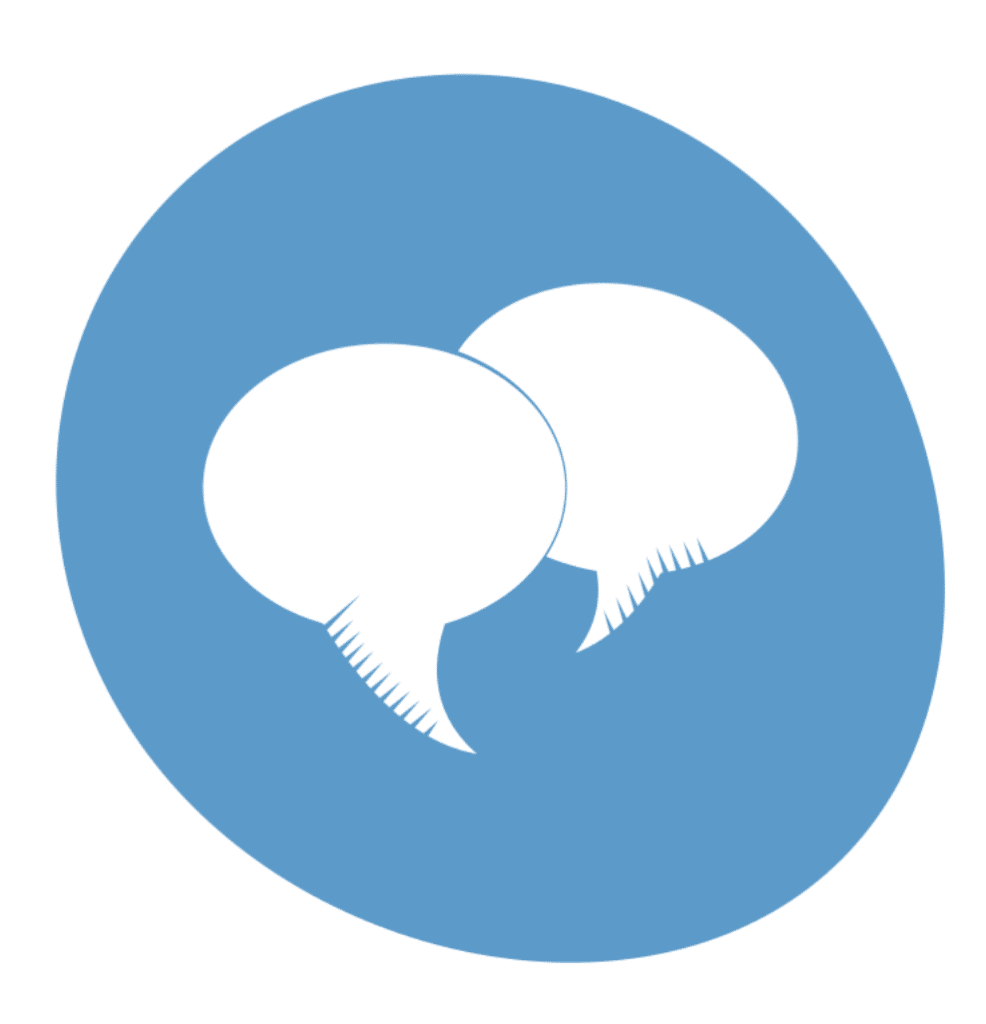
It is tempting to dive right into the curriculum, given how much we have to cover in a year. I remind the teachers I coach that students will only lean into learning if they feel comfortable and safe in our classrooms. It is critical that we proactively develop a learning community in our physical and online spaces.
First, we must learn our students’ names as soon as possible. I realize this is a challenging task for secondary teachers with 150+ students, but it makes students feel valued when we use their names. Last year, I shared my Time to Take a Selfie Icebreaker strategy to help teachers put names to faces more quickly.
Second, icebreakers and community-building activities are critical to helping students develop the students’ social presence in the classroom and online. Teachers who want to explore strategies for building community can check out the following blog posts and articles.
- Plan Epic Icebreakers to Build Community
- Scavenger Hunt: Get Kids Talking on the 1st Day of School
- Build an Online Community to Complement Your in Class Community
- Don’t Waste the First Week
#3 Onboard Students to Class Routines and Technology Tools
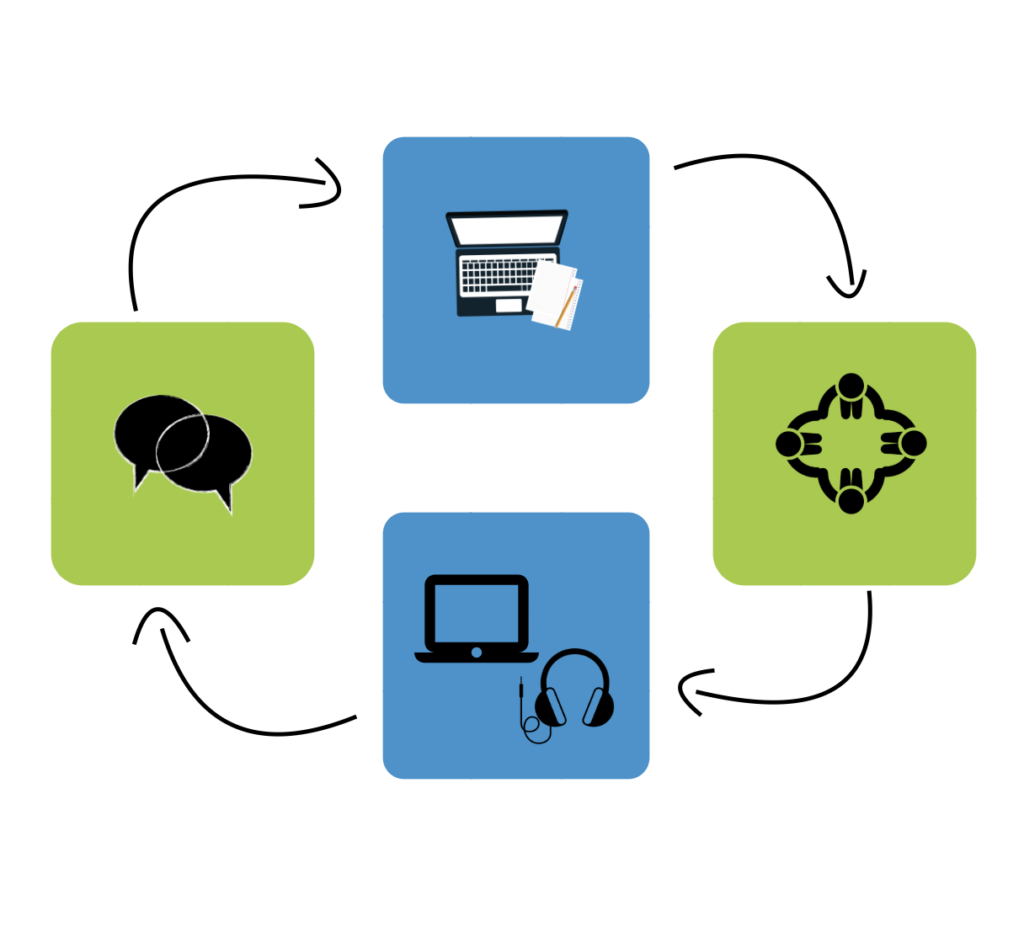
Teachers who are using blended learning models and technology tools with students must onboard, onboard, onboard! We cannot expect students to know how to navigate new instructional models or technology tools. We must dedicate class time to teach students how to move around the room, where supplies are located and how to care for them, what the expectation is for their behavior on and offline, and how to use technology tools and online resources effectively.
Onboarding students to classroom routines, new instructional models, and technology tools can be time-consuming, but it pays dividends. If students learn how to navigate different types of lessons (e.g., whole group rotation, station rotation, flipped learning, individual rotation with hyperdocs or playlists) in the first six weeks of the school year, teachers can select the best lesson design for the learning objectives and feel confident that students can navigate that lesson. Blended Learning: 8 Respectful Routines
#4 Teach Students How to Think About Their Learning
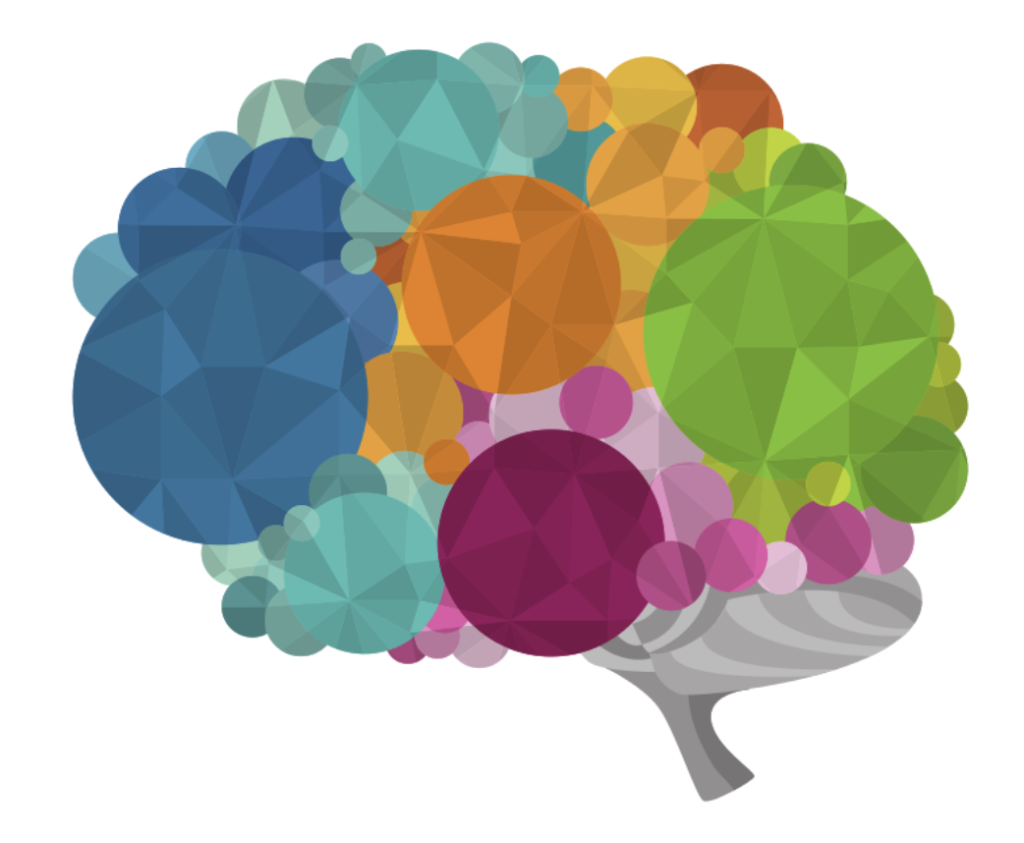
The teacher cannot be the only person in the classroom thinking about student learning. We must teach students to set goals, monitor and track their progress, and reflect on their learning. We must explicitly teach these skills and give students time in class to practice them.
Starting the year with routines designed to encourage students to develop their metacognitive skills can yield deeper learning all year long. It also sends a clear signal to students that they must be actively engaged in the learning happening in the classroom. 4 Strategies Designed to Drive Metacognitive Thinking.
#5 Strive for Balance
It’s easy to get swept up in the current of a new school year and revert to old habits. As you begin a new school year, you have the opportunity to think about what you are doing and why you are doing it.
- What are you assigning and why? What is the learning objective or value of each assignment?
- What are you spending time providing feedback on? Are students using your feedback to improve the quality of their work?
- What are you grading and why? Do your grades evaluate knowledge, skills, compliance? Do you feel the time you invest in grading results in improved learning outcomes for students?
- What do you spend class time talking about? Is this information that students could get another way or discover for themselves?
- How much work are you sending home with students? Is this work they can do successfully on their own? Is this work more valuable than allowing students to relax and recharge before another day of school?
- What do you spend your time outside of class working on? Is this work draining or energizing? If it is draining, are there other ways to approach this work?
In general, I think teachers do too much. Many of the teachers I work with do the lion’s share of the work in the classroom. Over time, this causes many of us to feel tired and frustrated. If we begin the year by evaluating what we do and why, we can eliminate some of the work we do that does not improve learning for students. In other cases, we may find ways to engage students in sharing the load and using technology more effectively and efficiently.

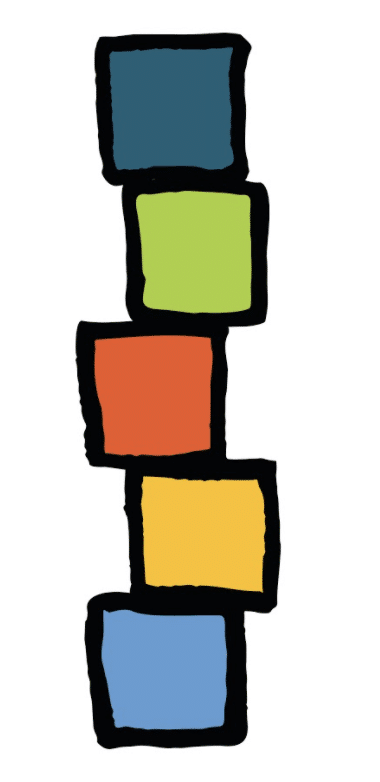
3 Responses
I really like your post. Thanks for sharing.
You’re welcome, Eshal!
this is nice